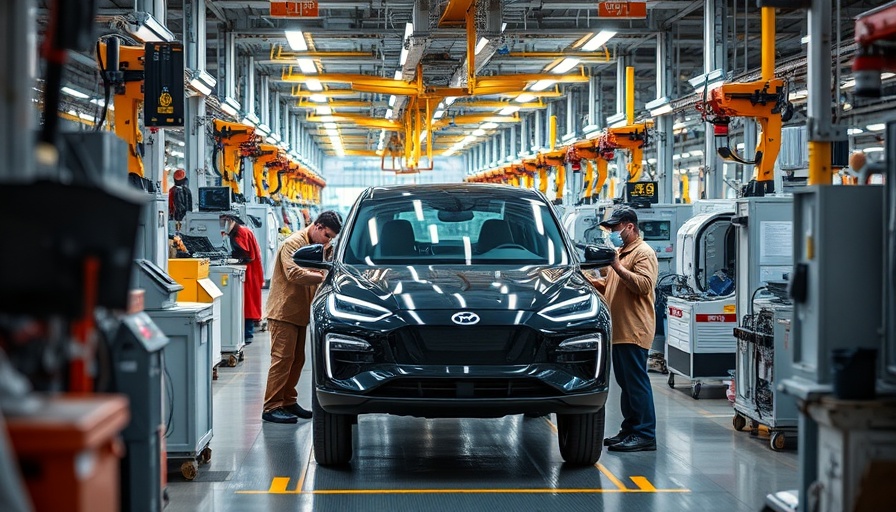
The Electric Vehicle Revolution: A Shift in Workforce Dynamics
The automotive industry is undergoing a seismic shift from traditional internal combustion engines (ICE) to electric vehicles (EVs), sending ripples throughout the sector. This transition isn't just about technology; it's rewriting the careers and futures of many skilled workers. A recent narrative by Mike Colias in his book, Inevitable: Inside the Messy, Unstoppable Transition to Electric Vehicles, paints an illustrative picture through the journey of veteran engineer Lem Yeung. After over three decades at Ford, Yeung found himself facing an inevitable retirement offer, a number influenced by Ford's pivot towards electric vehicles.
Once considered the backbone of the automotive landscape, engine engineers like Yeung are now viewed as expendable in the wake of this transformation. The shift in focus has left many, particularly those in the realms of traditional vehicle powertrain development, seeking new opportunities in a landscape drastically altered by electrification. As Ford's CEO Jim Farley noted, the expertise required for ICE does not easily translate to Battery Electric Vehicles (BEVs) as the latter requires digital skills and software prowess more than mechanical know-how.
A Glimpse into the Future of Auto Manufacturing Jobs
The landscape is changing rapidly; according to the World Resources Institute, EVs could dominate up to 71% of U.S. car sales by 2035. With this expectation, nearly 900,000 workers currently dedicated to ICE manufacturing are at risk. Jobs in gasoline engine and engine parts manufacturing are among those most vulnerable, leading to intense industry pressure to pivot skillsets. Conversely, EVs necessitate a different skill set, emphasizing roles in software, electronics, and battery management.
The Need for Reskill and Upskill Initiatives
The transition to EV technology highlights an urgent need for educational reforms and retraining initiatives in the auto workforce. Programs focused on battery technology, electrical engineering, and software development need to be prioritized to equip the existing workforce with new skills. Collaboration among industry players, educational institutions, and local governments will be crucial to ensuring workers can successfully transition into these new roles.
Paving the Path for a Sustainable Future
While the transformation to electric vehicles presents challenges, it also offers opportunities for a more sustainable and rewarding future for the automotive workforce. Companies that embrace change and invest in their employees will play a pivotal role in this evolution. To capitalize on this transition, proactive measures toward workforce training and development must be a top priority.
The electric vehicle revolution is set to reshape the automotive world, demanding an adaptable and skilled workforce equipped for this new era. The industry is at a crossroads; those who seize the moment can drive the future of automotive innovation, ensuring that technology and talent move forward in tandem.
 Add Row
Add Row  Add
Add 




Write A Comment